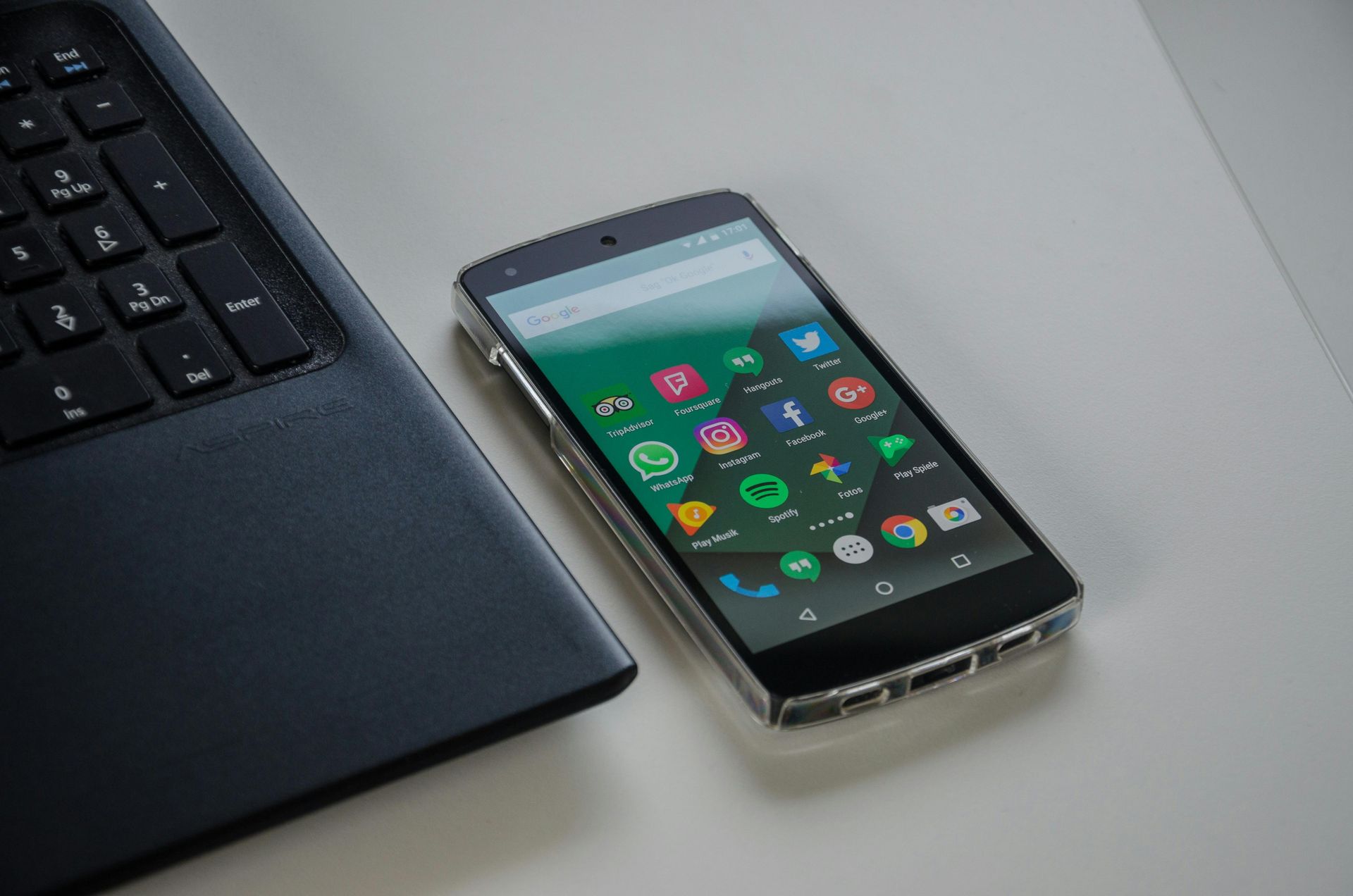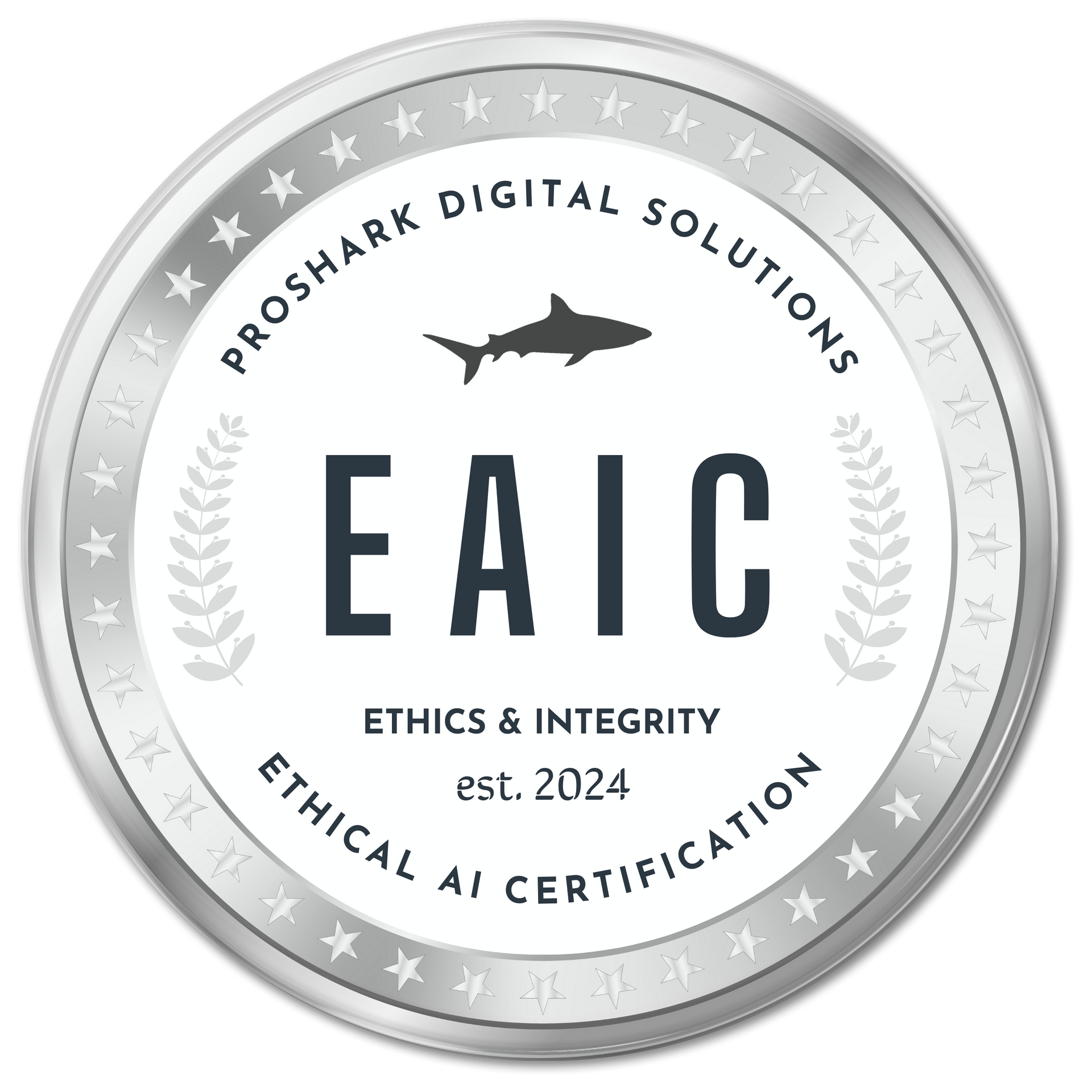Your Funnel Isn’t Broken—It’s Just Not Built for How People Buy Today
Why Modern Buyers Demand Smarter Funnels, and How to Rebuild Yours for Real Results

If you’re pouring money into ads and content but your funnel still isn’t converting the way it should, you’re not alone. We hear it all the time: "Our funnel is broken." But the truth is, it’s probably not broken—it’s just outdated. Most funnels were built for a buyer journey that no longer exists.
Today’s buyers are more skeptical, more informed, and more distracted than ever. They don’t move in a straight line from awareness to purchase. They zigzag. They ghost. They Google. If your funnel doesn’t account for that, it’s not going to work—no matter how slick your landing page looks.
In this post, we’re breaking down why traditional funnels fail, what the modern buyer journey actually looks like, and how to rebuild your funnel to match the way people buy today.
The Old Funnel vs. The Modern Journey
The traditional funnel was simple:
- Awareness
- Interest
- Decision
- Action
It made sense in a world where information was scarce, attention was focused, and buyers relied on brands to guide the decision. But in 2025, buyers don’t wait for brands to educate them. They self-educate. They research across platforms. They ask for referrals. They trust reviews more than your headline.
The modern journey looks more like this:
- See an ad
- Ignore it
- Hear a friend mention your brand
- Google you
- Check your social media
- Visit your site on mobile
- Leave
- Get retargeted
- Click a second ad
- Watch a video
- Check your pricing
- Read your reviews
- Read your competitor’s reviews
- Book a demo
- Go quiet for 3 weeks
- Come back and finally convert
See the problem? Your funnel isn’t broken—it’s just missing context.
Why Most Funnels Fall Apart
1. Linear Thinking in a Non-Linear World
If your funnel only assumes one direction—from top to bottom—it will miss buyers who bounce around, pause, or circle back multiple times.
2. Ignoring the Middle
Most funnels are great at generating awareness and closing deals. But the middle—the nurture phase—is often thin. That’s where trust, comparison, and deeper education happen.
3. Over-Reliance on Automation
Yes, automation saves time. But it can’t replace relevance. If your funnel is built on static sequences instead of responsive journeys, you're losing people who don't fit the script.
4. No Real-Time Feedback Loop
Modern funnels need to adapt on the fly. Without analytics, A/B testing, and responsive content adjustments, you’re guessing.
What the Modern Funnel Needs Instead
To build a funnel that fits the way people actually buy today, you need to stop thinking in steps and start thinking in layers.
Layer 1: Attention That Feels Native
Buyers ignore anything that looks like an ad. You need content that feels natural in the feed:
- Educational reels
- Native social content
- Short-form insights
- Thought leadership
This content creates awareness without being disruptive. It’s the new top of funnel.
Layer 2: Trust Builders in the Middle
Here’s where most funnels fail. People are curious, but not convinced. The middle of the funnel should include:
- Case studies
- Comparison guides
- Behind-the-scenes videos
- Founder or team stories
- Email sequences based on interest, not just time
This is where trust compounds—and hesitation gets addressed.
Layer 3: Low-Friction Conversion Moments
Not everyone wants to hop on a call or buy today. Give them easier next steps:
- "See it in action" videos
- Quick pricing calculators
- Chatbots for questions
- Try-before-you-buy models
- 15-minute discovery calls instead of full demos
Modern buyers need more control. Give them micro-conversions, not just one big leap.
What We Recommend for Rebuilding Your Funnel
1. Map the Real Journey
Interview your customers. Review heatmaps. Watch how they really move from interest to action. It won’t be linear.
2. Expand Your Middle of Funnel Content
Most of your leads will ghost after their first interaction. Win them back with value that addresses what they’re thinking, not what you want them to do.
3. Personalize the Experience
Use segmentation to send emails based on behavior. Adjust your homepage based on location or industry. Let them feel like your brand is talking to them.
4. Track Everything That Matters
Don’t just track clicks. Track drop-off points. Scroll depth. Time on page. Use those insights to refine your funnel weekly, not quarterly.
5. Give Options at the Bottom
Some buyers want a call. Others want a quote. Others want to start small. Offer multiple paths to conversion.
A Real-World Example: How One Client Boosted Conversions by 4x
One SaaS client came to us with a classic linear funnel:
- Facebook ad
- Landing page
- Book a demo
It worked okay—but conversions were capped.
We restructured their funnel with:
- Social content that educated without selling
- A resource hub with comparison guides and customer success stories
- A pricing calculator embedded mid-funnel
- A chatbot to answer pre-sale objections
- Multiple CTA paths (chat, trial, demo)
The result? A 4x increase in conversions over 90 days.
Final Thoughts: Don’t Burn the Funnel—Rebuild It
Funnels aren’t dead. But the way we use them has to evolve. Modern buyers are unpredictable, and your funnel should be built to meet them wherever they are—not force them into your process.
That means:
- Creating content that meets them in the feed
- Building middle-funnel content that educates and reassures
- Offering low-commitment conversion options
- Using data to constantly improve
Because when you meet buyers on their terms, the funnel doesn’t just work—it scales.







